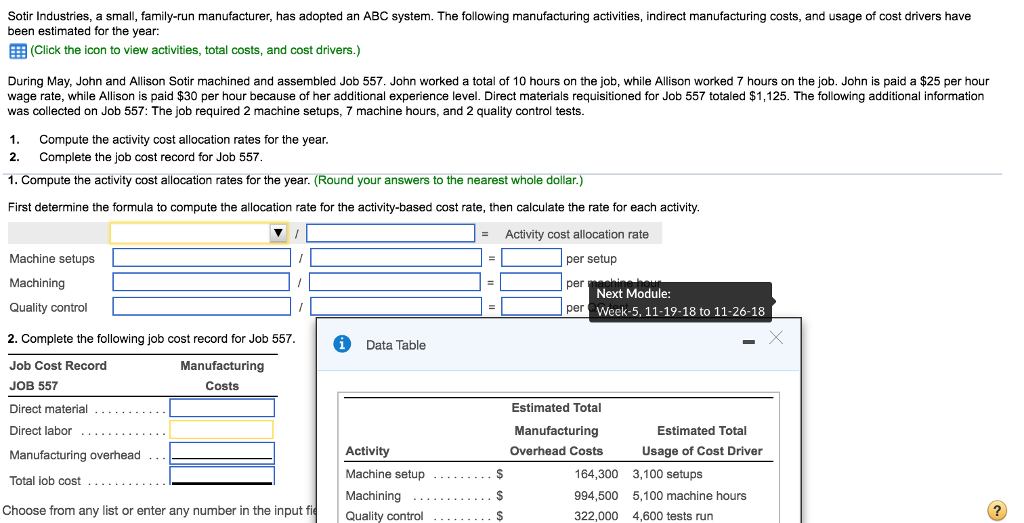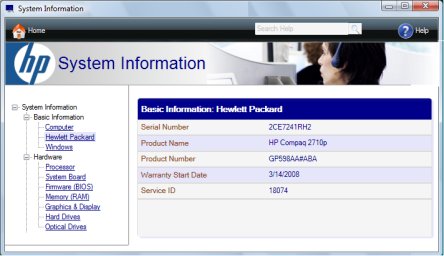- Drivers Enter System Manufacturer Product
- Drivers Enter System Manufacturer System
- Drivers Enter System Manufacturers
Manufacturers write drivers for their hardware and provide them directly to you. If you buy a complete PC or laptop, it will come with the manufacturer’s drivers integrated. You may even get a driver CD containing drivers you can install on your computer.
- This can be handy if you prefer to download and install your drivers from the device manufacturer instead. Starting with Windows 10 build 15002, Microsoft has added an option in Settings that will now allow you to turn on or off including driver updates when you update Windows.
- Jul 26, 2017 Manufacturers write drivers for their hardware and provide them directly to you. If you buy a complete PC or laptop, it will come with the manufacturer’s drivers integrated. You may even get a driver CD containing drivers you can install on your computer.
Summary :

Drivers Enter System Manufacturer Product
Chipset drivers play an important role in controlling communications between many components in your system. To improve your system performance, it is necessary to update chipset drivers timely. How to update chipset drivers? This post from MiniTool will provide you with detailed steps.

Quick Navigation :
Before You Do
Chipset drivers have a significant impact on the communication between different components including the hard drives, system memory, etc. The outdated chipset drivers will slow down your system performance.
So, it’s crucial to update motherboard drivers for better system performance. Prior to installing the chipset drivers, you would better have a look at your motherboard manual and operate properly. If you are unclear about the motherboard model and serial number, you can refer to this post.
Then you can visit the official website of your motherboard manufacturer to determine what type of chipset drivers your motherboard has. Now, let’s see how to update chipset drivers Windows 10.
In recent years, lots of users intend to update MSI BIOS. It is not a simple operation. This post will walk you through a full guide for the MSI BIOS update.
How to Update Chipset Drivers
There are 2 major ways to update motherboard drivers. You can update chipset drivers automatically in Device Manager or download and install it manually from its official website.
Method 1. Update Chipset Drivers Automatically in Device Manager
The first and simplest method to update chipset drivers is to use the Device Manager. Here’s how to do that:
Step 1. Right-click the Start menu and select Device Manager from the context menu.
Step 2. In the Device Manager window, expand the System devices categories and right-click the chipset driver that you want to update, then select the Update driver option from the context menu.
Step 3. Then there are 2 options to update chipset drivers. Here you can select the Search automatically for updated driver software option, which can help you install the updated chipset drivers automatically.

Step 4. Windows will search for the updated chipset drivers automatically, and then you can follow the on-screen prompts to install the drivers on your computer.
Alternatively, you can update chipset drivers on Windows 10 manually. Please keep reading the following content.
Method 2. Update Chipset Drivers Manually
You can download the motherboard drivers from its official website and install it on your computer manually. To do so, you need to check the computer’s system information firstly. It is important to download the right chipset driver that is suitable for your Windows system – whether it’s Windows 10, 32- bit or 46-bit version, etc. For that:

Step 1. Press Win + I keys to open the Settings window, and then click on the System section.
Step 2. Click on the About button from the left pane, and then scroll down the right sidebar to the Device specifications section where you should find the system type is b4-bit or 32-bit.
Step 3. Navigate to the official website of your motherboard manufacturer. Here we take the Intel chipset drivers for example. Click here to visit its official website.
Step 4. Then select the Chipsets section to go on.
Step 5. In the pop-up window, you can select the Product type and Operating system type form the down-down menus to filter the chipset drivers that you want to download. Alternatively, you can type the product name or keywords in the search bar.

Drivers Enter System Manufacturer System
Step 6. Select a suitable chipset driver and click on Download in the next window.
Drivers Enter System Manufacturers
Step 7. After you download the chipset drivers, open the downloaded files and follow the on-screen prompts to install them on your computer
